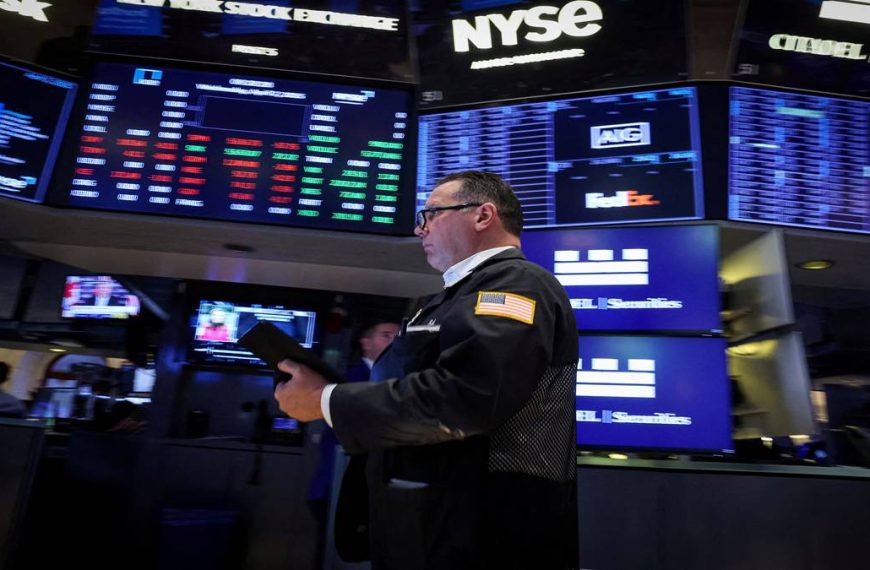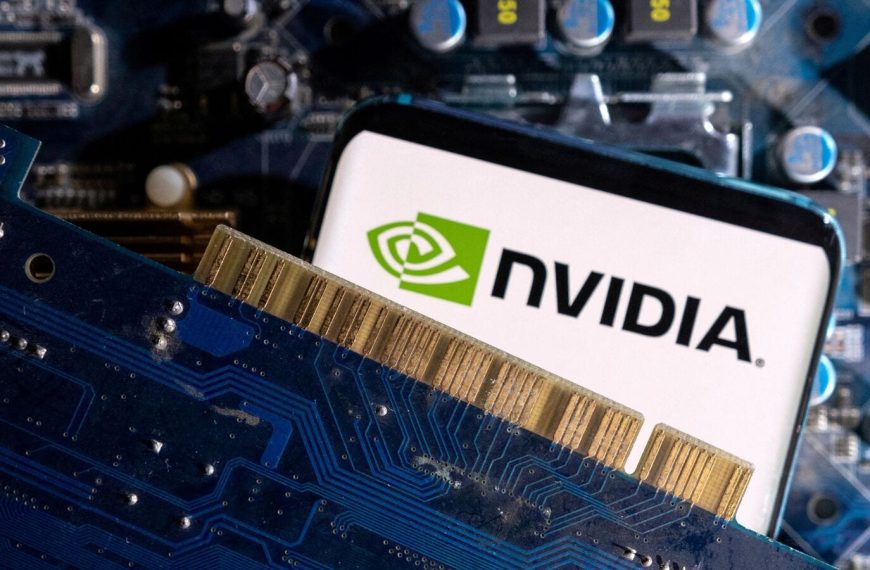Last week, a wave of optimism swept through global markets after U.S. President Donald Trump announced a surprising 90-day pause in his controversial tariff policy. This unexpected move not only boosted investor confidence but also led to significant gains in international markets, including a notable uptick in the Indian stock market. The Nifty 50 index opened at 22,695 and surged to 22,828, marking an impressive intraday increase of 429 points. Similarly, the BSE Sensex opened at 74,835 and closed at 75,157, achieving a remarkable 1,310-point rally during Friday’s trading session. The Bank Nifty also experienced a gap-up opening at 50,634, ultimately closing at 50,995, reflecting over 750 points of gains.
Unpacking the Shift in Tariff Policy
The sudden change in Trump’s tariff strategy has left many investors shocked. However, seasoned analysts had anticipated this pivot due to the immense pressure stemming from a significant downturn in the U.S. bond and treasury markets following a crash in the stock market. The prevailing trend typically sees these markets move in opposing directions, but the recent developments have caused both to falter simultaneously.
Five Key Reasons Behind Trump’s 90-Day Pause
Experts have identified five primary factors contributing to this unexpected shift in Trump’s tariff approach:
-
Bond Markets Following Stock Trends: Traditionally, the U.S. bond market operates inversely to the stock market. However, the implementation of Trump’s tariffs led to simultaneous declines in both markets. Countries, particularly China, that had amassed U.S. bonds began selling them off, exacerbating the market downturn, according to Sandeep Pandey, Founder of Basav Capital.
-
Escalating Liquidity Crisis: The sharp sell-off in both equities and bonds raised concerns about a liquidity crisis within the U.S. economy. With inflation on the rise, Trump’s decision to initiate negotiations with trade partners reflects a strategic move to mitigate further economic strain, as noted by Avinash Gorakshkar, Head of Research at Profitmart Securities.
-
Tesla’s Competitive Struggles in Asia: The electric vehicle market is becoming increasingly competitive, with Tesla facing challenges from the Chinese BYD Company following the tariff announcements. Gorakshkar pointed out that Tesla’s pricing struggles in Asia are exacerbating its market share loss to more affordable Chinese alternatives.
-
Debt-Income Disparity: The ramifications of the tariffs have led to rising inflation and a subsequent strain on U.S. income, resulting in a significant debt-income imbalance. This financial pressure has compelled Trump to reconsider his tariff stance, as indicated by Gorakshkar.
- Aggressive Stance from the U.S. Federal Reserve: Since taking office, Trump has consistently advocated for rate cuts by the U.S. Federal Reserve. However, Fed Chairman Jerome Powell remains focused on controlling inflation before considering any cuts. The recent tariffs have intensified inflation concerns, leading to a hawkish stance from the Fed, which contradicts Trump’s expectations, as highlighted by Pandey.
Conclusion
The recent tariff pause reflects a complex interplay of market dynamics and economic pressures that have compelled the U.S. administration to reconsider its protective measures. As the market reacts to these developments, investors and analysts alike will be watching closely to see how these shifts impact the broader economic landscape in the coming months.










